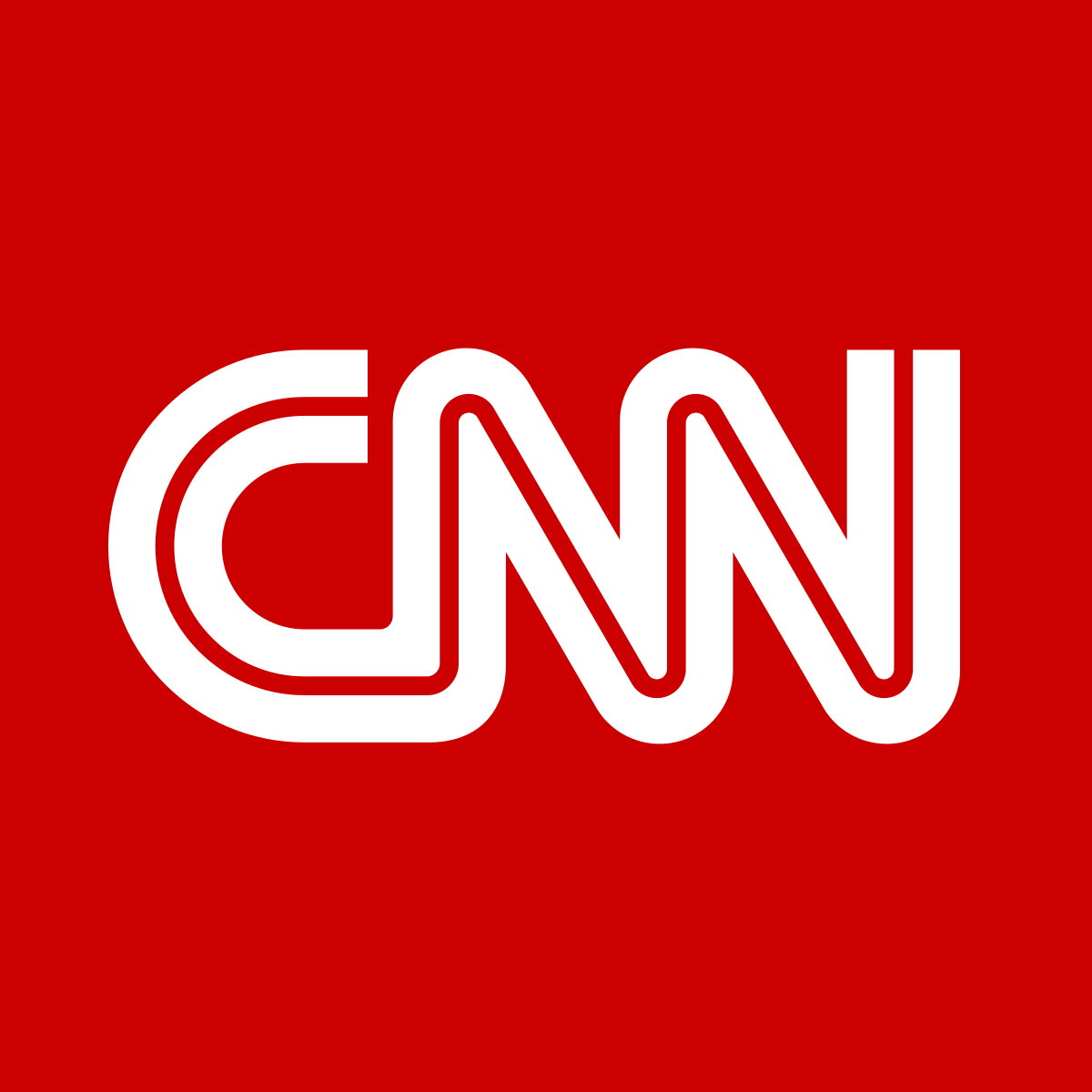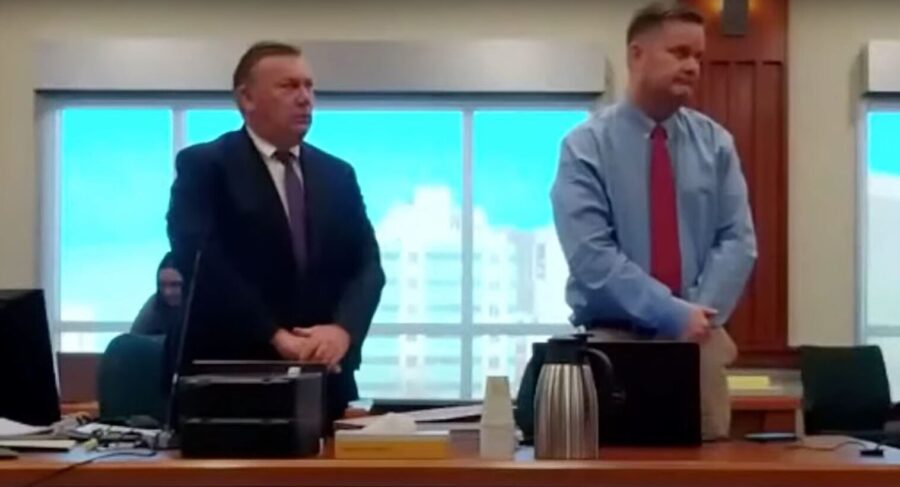You need these things in your car in case of severe winter storms
Nov 19, 2023, 5:18 PM

A person puts snow chains on a tire while parked in snowy conditions. (Westend61, Getty Images)
(Westend61, Getty Images)
(CNN) — If you’re ever stranded in your car because of a winter storm, being prepared can be the difference between survival and serious harm or death.
Winter storms, bad weather and sloppy road conditions can be dangerous for travelers, and “are a factor in nearly half a million crashes and more than 2,000 road deaths every winter,” according to AAA.
“It’s always important to be prepared versus get caught in a situation that turns dangerous or potentially deadly, especially in the winter season when temperatures can drop very, very cold in a short amount of time,” CNN meteorologist Jennifer Gray said.
Gray speaks from experience. “I learned it the hard way — that Atlanta snow jam in 2014,” she said. “I was stuck on the road for 15 hours, and I didn’t have anything in my car.”
READ MORE: What to do if your flight is canceled or delayed
You should minimize nonessential travel during severe winter weather, the Georgia Emergency Management and Homeland Security Agency recommends. But if you must travel, here’s how to prepare in case you encounter severe weather.
Winterizing your car
Regardless of whether a severe storm is coming, prepping your car to handle winter weather is something you should do every fall, according to the US Centers for Disease Control and Prevention.
Have your vehicle serviced as often as its manufacturer recommends, and do the following, the CDC advises:
• Have the radiator system serviced or check the antifreeze level with an antifreeze tester. Add antifreeze as needed.
• Replace windshield wiper fluid with a winter-suitable mixture (which will contain additives to prevent freezing).
• Ensure the tires have sufficient tread and air pressure, which you can measure with a tire gauge. Replace worn tires and fill low tires with air to the pressure recommended for your car.
• Keep the gas tank near full to help avoid ice in the tank and fuel lines.
• Keep your car in proper working condition by checking the heater, defroster, brakes, brake fluid, ignition, emergency flashers, exhaust, oil and battery.
Preparing and packing
Before leaving, check the weather forecast and tell loved ones where you’re going. If you become stuck in your car during a storm, being able to keep warm, signal distress, and stay safe, energized and nourished are top priorities, according to AAA, the Georgia agency, State Farm, the CDC and Almanac magazine.
For such purposes, these organizations recommend you pack the following items:
Well-being
- Nonperishable, high-energy foods such as nuts, granola bars, dried fruit or beef jerky
- Extra bottled water (using an insulated bottle can help prevent freezing)
- Cup or makeshift cup in which you can melt snow — using waterproof matches — for drinking water
- First aid kit, including adhesive bandages, medical tape, antiseptic wipes, gauze pads, antiseptic cream, medical wrap and pocketknife
- Rags and hand cleaner (such as baby wipes)
- Medications
- Books, games or DVDs for occupying children, if applicable
Warmth
- Hats, wool socks, coat, hand and feet warmers, gloves, scarves, and blankets (which you can use to cover up with and insulate your car by putting them in your windows)
- Hiking boots (especially important if you must leave your car)
- Sleeping bag
- Rain poncho
Tools, distress signals and navigation
- Battery-powered flashlight, extra batteries and flares
- A brightly colored cloth, which you could tie to your vehicle’s antenna or secure atop your rolled-up window to ensure you are visible
- A cell phone (which you should fully charge beforehand) and portable cell phone charger
- Jumper cables, booster cables with fully charged battery or an external battery charger to start your car if the battery dies
- Basic tool kit
- Battery-powered radio with extra batteries
- Small fire extinguisher (5-pound, Class B or Class C type) in case of car fire
- Tire gauge to check pressure
- Canned compressed air with sealant for emergency tire repair
- Tire or tow chains
- Glass scraper for clearing windows
- Small, collapsible shovel to clear snow from exhaust pipe since a blocked exhaust pipe can cause sickening or deadly carbon monoxide gas to leak into the vehicle while the engine is running
- Sand or cat litter for gaining traction
- Road salt
- Anti-gelling fuel additive if your vehicle runs on diesel
- Extra winter windshield wiper and antifreeze
- General car emergency kit, which you should have on hand during any season: local and regional road maps, garbage bags, toilet paper, paper towels, and gas can
- Jack and lug wrench to change tires
- Duct tape
- Foam tire sealant for minor tire punctures
- Scissors and string or cord
- Spare change and cash
- Compass
Behaviors to avoid
If you’re stuck in snowy or icy conditions, there are a few behaviors you should avoid. Don’t leave your car unless you have to, as staying inside it provides temporary shelter and makes it easier for rescuers to find you, according to AAA.
You can exercise in your vehicle to keep warm, but don’t exhaust yourself while doing so or clearing your windows or exhaust pipe. Turning your car on for about 10 minutes each hour — and then off for the rest of the hour — can help you conserve gas and ensure you’re able to generate warmth occasionally.
During nighttime, keep your dome light on if possible since it uses only a small amount of electricity and can help rescuers find you.
If traffic is still moving, slow down to at least half your normal speed and use a low gear, but not cruise control. When driving up a hill, don’t stop — get some inertia going on a flat road before you drive up the hill. Avoid steering or braking in an abrupt manner so you don’t skid or spin out. At night, keep your headlights on low beam to avoid glare and leave at least double the typical following distance between yourself and the car in front of you.
If you see a truck spreading salt and gravel, don’t try to pass it. Gravel could bounce upward and break your windshield.













